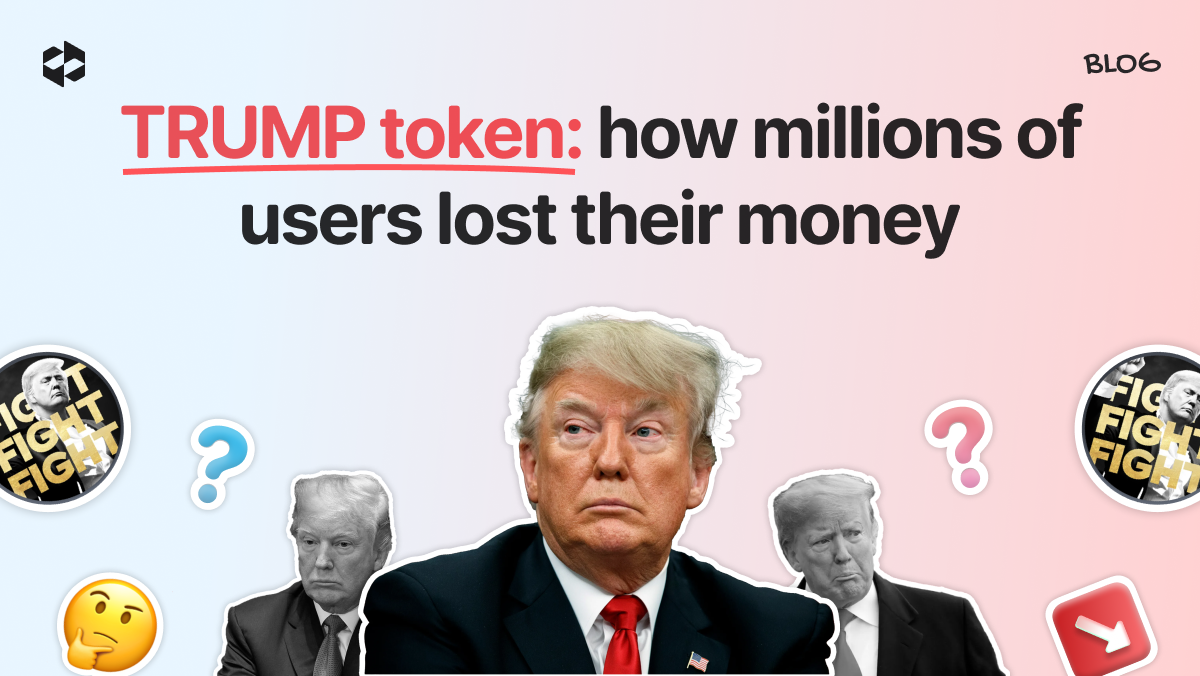
The rise and fall of the $TRUMP token played out like a classic financial thriller—one that saw a select few walk away with millions while leaving everyday investors reeling from massive losses. What started as a hyped cryptocurrency launch tied to Donald Trump quickly turned into a textbook pump-and-dump scheme, with early insiders cashing in as retail traders poured in their money.
In just days, the token’s value skyrocketed from mere cents to an astonishing $75 before crashing back down, wiping out over $2 billion in investor wealth. But behind the numbers lies a deeper story - one of suspiciously timed trades, secretive early buyers, and a financial windfall for Trump’s inner circle.
Was it just another case of speculative mania, or was the game rigged from the start? Let’s check in detail.
How it started
The cryptocurrency was announced by Donald Trump on January 17, just three days before his inauguration. Within minutes of the announcement, an unidentified trader made a $1.1 million purchase, securing nearly 6 million tokens at the initial price of 18 cents each.
Source: https://solscan.io
This early buy triggered a surge, raising the price to $75 within days.
Source: https://coinmarketcap.com/currencies/official-trump/
While the first wave of buyers walked away with massive profits, most investors who entered later suffered heavy losses.
Blockchain analysis suggests that some early buyers may have had prior knowledge of the launch. The wallet responsible for the first major purchase was created only a few hours before Trump's official announcement and had been preloaded with cryptocurrency, indicating a high level of preparedness. This detail raised concerns among crypto analysts.
Source: https://x.com/bubblemaps/status/1880674707189698631
Some of them directly accused the wallet owner of using insider information.
Source: https://x.com/invinciblexbt1/status/1883175717820879167
Soon after buying the tokens, the investor sold them and generated at least $50 mln of profit.
There were several more wallets that operated based on the same pattern. They bought tokens soon after the launch and dumped them later.
So, early traders bought the token at rock-bottom prices, drove demand, and lured in retail investors who feared missing out on potential gains. As the price peaked, these early investors dumped their holdings, crashing the market.
By the time the dust settled, more than 810,000 wallets had recorded losses totaling over $2 billion. The price of $TRUMP, once hyped to $75, dropped to just $17. Many of those affected were Trump supporters who had invested in the token out of loyalty or a belief in its long-term value. Some of them still hold the token in the hope that its price will recover.
Despite the massive financial damage, the Trump family and its associates walked away with nearly $100 million in trading fees. These earnings came from transaction costs incurred during the token’s rapid trading activity. The launch of the $TRUMP token was the family’s first direct attempt at marketing a cryptocurrency to the general public.
Ethical and legal implications
Critics, including former financial regulators, have raised concerns about the ethical and legal implications of the token’s rollout. Some believe that Trump’s involvement in the crypto space, andhis efforts to weaken financial regulations, presenta serious conflict of interest. Corey Frayer, a former crypto adviser at the Securities and Exchange Commission, warned that Trump was not only profiting from a risky and volatile financial product but also appointing regulators who could shield him and his associates from legal scrutiny.
While no definitive evidence has surfaced proving insider trading or price manipulation, blockchain records suggest that key players positioned themselves for profit well before the public announcement. New York regulators have classified such maneuvers as classic pump-and-dump tactics, warning investors that memecoins are often subject to price manipulation by their creators or close associates.
In the aftermath, the $TRUMP token’s collapse has reignited debates over crypto regulation, with watchdogs arguing that unregulated tokens tied to celebrities or political figures pose extreme risks to retail investors.
